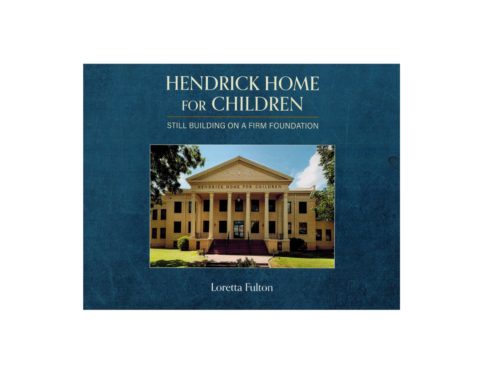
Being Texan pays tribute to Texas icons, including Perini’s
By Glenn Dromgoole
Perini Steakhouse gets a full four-page essay – “A Steakhouse to Drive For” by Patricia Sharpe – in the new book Being Texan by the editors of Texas Monthly magazine ($29.99 hardcover).
The 340-page book is divided into four sections covering Identity & Culture, Town & Country, Arts & Entertainment, and Food & Drink.
Friday night football, enchiladas, barbecue, Texas women, boots, Willie, wildcatters, wildflowers, Selena, Stanley Marcus, and much more are covered in the 50-plus breezy entries.
In her piece on Perini’s, Sharpe writes, “This place is the real thing: a family enterprise located on a working ranch started by a man who wears a Stetson and owns a chuck wagon…. The Perinis (Tom and Lisa) are Texas aristocracy, pure and simple.”
Another food and drink article takes note of the “near religious-icon status” of such homegrown brands as Dr Pepper, Whataburger, H-E-B, and Buc-ees.
Former Abilenian Stephen Harrigan (he attended elementary school here) leads off the book with a historical essay on “The Birth of Texas Pride.”
Plenty of good reading for Texas newcomers and natives alike.
New book tells story of Hendrick Home for Children
Hendrick Home for Children has provided a loving, nurturing Christian environment for children since its founding in 1939 by Tom and Ida Nations Hendrick.
Now, as the home celebrates the construction of a new main building – including the second-floor Legacy Hall –author Loretta Fulton tells the Abilene institution’s story in a delightful and approachable full-color volume, Hendrick Home for Children: Still Building on a Firm Foundation.
Autographed copies are available at Texas Star Trading for $40.
Published by Abilene Christian University Press, the book covers the home’s history from the Hendricks’ vision through the leadership of its three devoted superintendents – Thomas E. Roberts, Claude A. Hicks and David W. Miller – as well as its many supporters and, of course, its residents – the children themselves.
“House parents and leadership,” Fulton writes, “strive to lead every child to Jesus and to teach them by word and action how to become more like him.”
Academics are a priority at the home, including higher education. “The Home sends an average of twelve students per year to universities and colleges, both locally and around the country,” Fulton notes.
The concluding section of the book lists, by year, the various civic leaders who have served on the home’s board.

